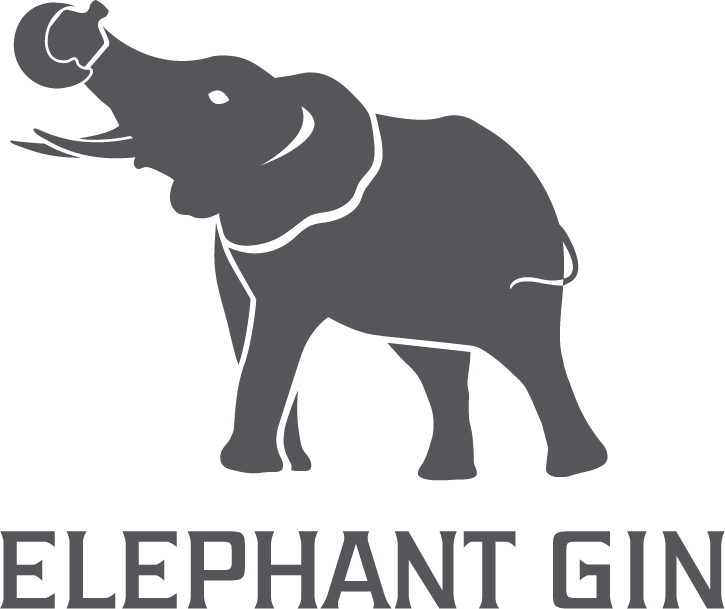- Choosing a selection results in a full page refresh.
- Opens in a new window.
Elvira

Elvira was the daughter of the famous Kenyan elephant Estrella – the matriarch of the so-called EA family in Amboseli, Kenya. Elvira was able to learn great leadership skills from her mother not only because Estrella was the leader of the EA herd but also because she had four daughters, seven grand-daughters and a great granddaughter, who she successfully led through many threats and obstacles over the years. Elvira carried on to have three calves herself named Eluai, Estefan and Entebbe, and was seen protecting her children until her death.
Sadly Elvira died in 2009, when Amboseli was struck by the worst drought in living memory. By the end of that year 83% of the wildebeests, 71% of the zebras, and 61% of the buffaloes had died. More than 400 elephants perished from both the drought and an upsurge in poaching. The problem was that there was almost no vegetation left to eat. Amboseli always has fresh water because of the underground rivers coming from Kilimanjaro. These rivers create permanent swamps in the Park. So the animals did not die of thirst but rather from hunger. In addition, in the case of the elephants, as they weakened they appear to have succumbed to disease as well. To add to the troubles, there was an upsurge of poaching for ivory at the same time, possibly catalysed by the number of carcasses, and the desperate economic losses people in the ecosystem were suffering.
Even though Elvira wasn’t able to survive, her daughters are still alive today. It is important for us to tell Elvira’s story which shows the plight of the African elephants and the three key obstacles they are faced with today. First, one that unfortunately needs no introduction – the poaching for their ivory. Second is the human-wildlife-conflict that arises as mankind further encroaches into land that used to be “wild”. Today, the Maasai try to feed their cattle where elephants used to roam freely, and it leads to a constant fight for land and food. Many deaths of elephants occur not necessarily for their ivory but because they are in the “way of humans”. Last, but not least, the climate conditions: elephants need between 200 – 600 pounds of food a day and can drink up to 50 gallons of water. In times of draught or depending on seasons, matriarchs lead their families long distances to find enough food and water, but as there is less space to roam around freely even that becomes an obstacle.
The pictures shows the EA family (including a rare occurrence of elephant twins in the foreground).
Photo credits and text: Amboseli Trust for Elephants


